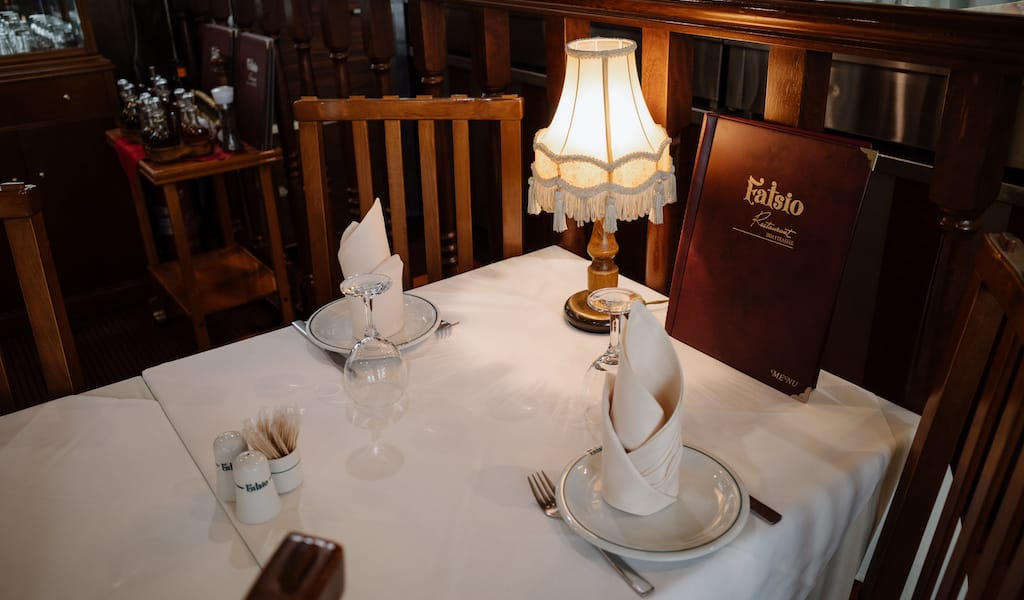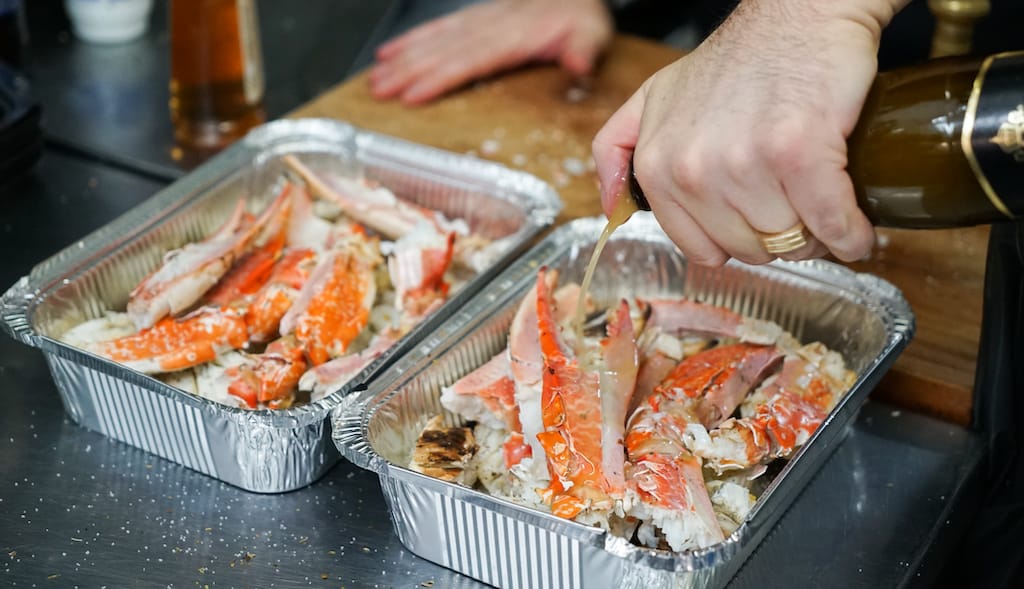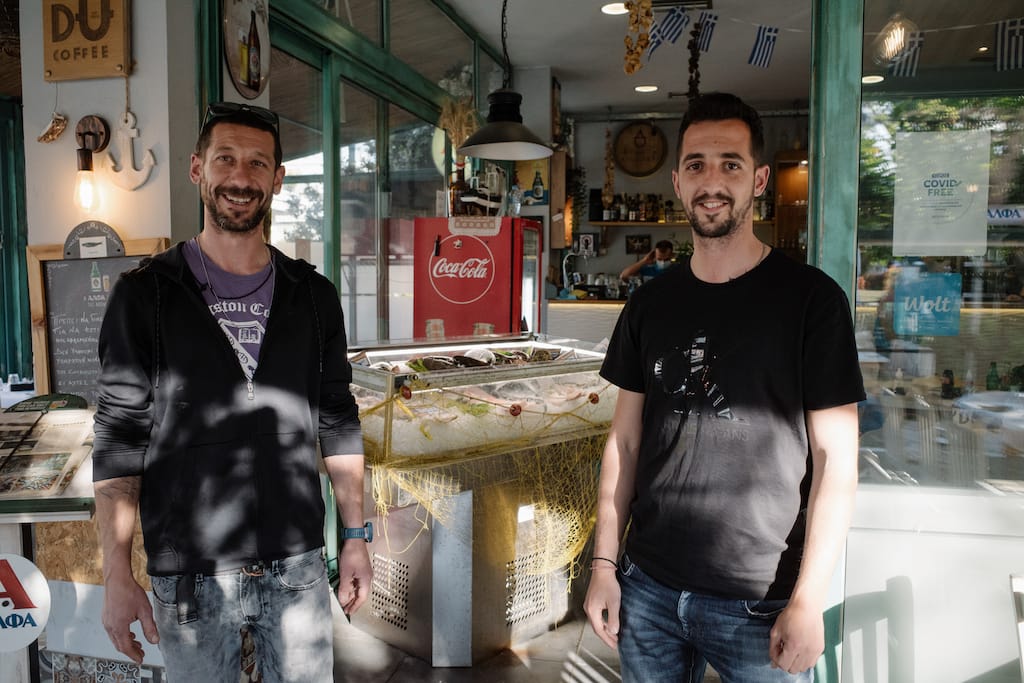The brown wooden door at Fatsio looks like the entry to an old house, but two small signs give a clue as to what’s inside. The first reads, “Restaurant Fatsio – Manager Georgios Fatsios, Established 1948 Constantinople by Constantinos Fatsios” and below the hours are listed simply: “Daily from 11am until 6pm”.
Inside are velvet curtains, old family photos, tables set properly with well-ironed white linens and vintage dinnerware with their logo, Fatsio, printed on each plate. Everything is well-preserved and the place holds an old-school finesse and elegance that is rare to find these days in an affordable lunch spot like this. What can also be found inside is a living link to another time and place, that of Istanbul when the city still had a sizable Greek community.
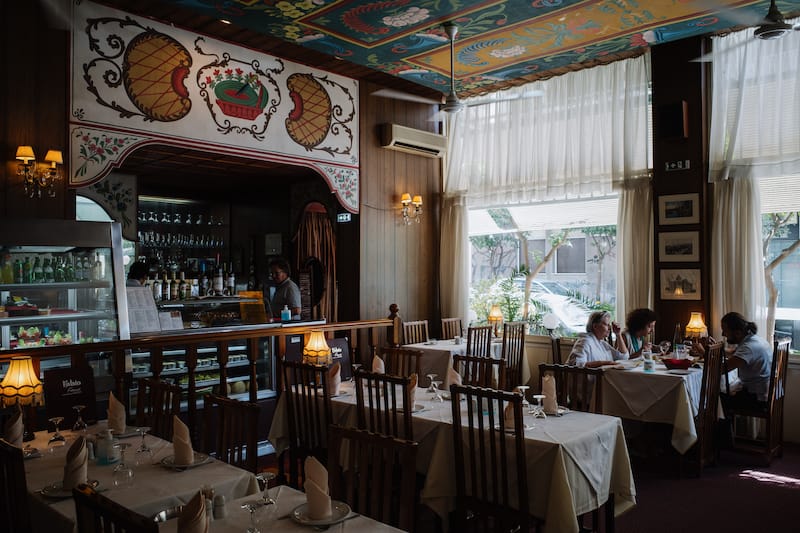
The food served at Fatsio is referred to as Politiki kouzina, meaning “cuisine from Poli” – a style of cooking with Byzantine-Greek and Ottoman hints all beautifully blended together, which was developed by what used to be a thriving Greek community in Constantinople (present day Istanbul). The term Politiki (Poli means “the city”) has been used by Greeks for centuries to describe anything coming from or related to Constantinople. This makes perfect sense for Fatsio, as the family that runs it hails from Prigipo, the largest island in an archipelago in the Sea of Marmara, just south of Istanbul, known as the Prince’s Islands.
In 1948, when Constantinos Fatsios’s father passed away, the son, founder of the Fatsio in Athens, took over his family’s old ouzeri (a restaurant that specializes in ouzo and small shared plates of food) in Prigipo, now called Büyükada in Turkish. He turned the place into a fine dining restaurant, which he named Fatsio, after the family. The restaurant was very successful, and in 1955, he opened a second branch in Istanbul.
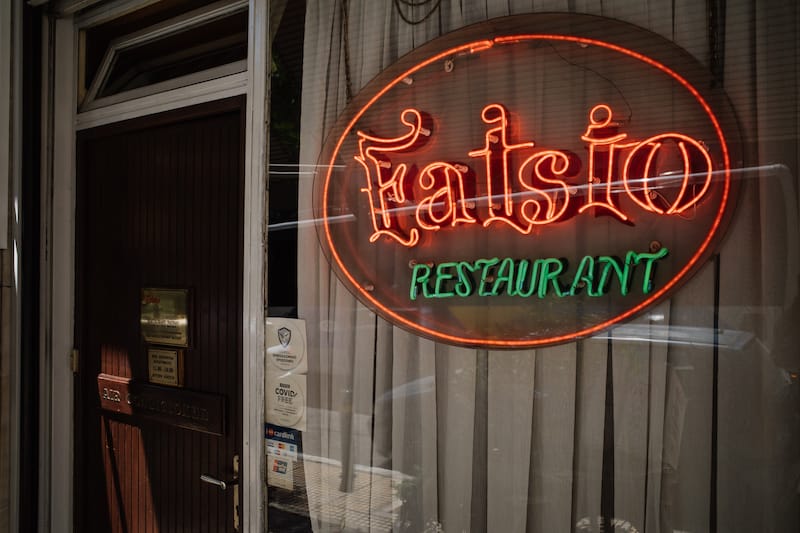
In 1964, with rising political tensions leading to the large-scale departure of Greeks from Istanbul, the Fatsio family was forced to let go of both of their restaurants. Constantinos, his wife Penelope and their young son George hastily moved to Athens, to set up their lives from scratch. As soon as they were settled in the city, Constantinos immediately started looking around to open a restaurant. With the help of a few partners, he renovated an old restaurant on Pindarou street in Kolonaki called Gerofinikas (meaning “the old palm tree”), which became very famous for its Politiki Kouzina.
The Fatsios left Gerofinikas in 1969 to open their own family restaurant – again named Fatsio – in the nearby neighborhood of Pagrati. Constantinos, Penelope, and their son Giorgos, who was 20 at the time, all worked there daily, cooking and serving the customers. With their hard work, dedication, and love for food and feeding people, Fatsio became a classic Athens lunch spot with dedicated customers. Among their guests were even celebrities and historic Athenian figures such as the Nobel prize-winner poet Giorgos Seferis, the artist Yiannis Tsarouchis, and legendary composers Manos Hadjidakis and Mikis Theodorakis have graced its tables.
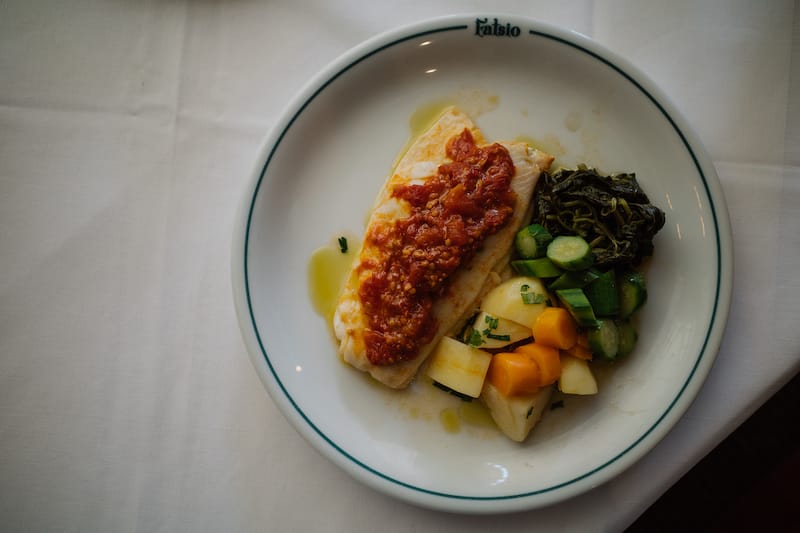
The leather-clad menu cover also hasn’t changed at all through the years as well, sporting Fatsio, Luxury Restaurant in vintage font. Classic old school starters such as cocktail prawns, taramosalata (fish roe salad), and octopus in vinegar are always available, as is a long list of salads. The star is the politiki salata, a classic politiki kouzina salad with thinly sliced cabbage, grated carrot, chopped celery and peppers with a spicy garlic-olive oil dressing. To follow, the slow-cooked dishes of seasonal vegetables with olive oil known as mageirefta in Greek are what Fatsio is particularly well known for.
Giorgos is now is his seventies, but is still in charge of the kitchen and cooking daily at Fatsio, making sure everything is in order. We had a nice long chat with his son, Kostas. Kostas and his sister, Despina, grew up in the restaurant and have been officially working there since they were 20. They are Giorgos’s two loyal deputies, cooking and running the place, greeting and serving the customers. The family starts cooking early in the morning in order to have everything ready by 11 when they open. Kostas is the main waiter, always discreetly running to the door and greeting each customer – most of whom he knows by name, as they show up regularly, if not daily. Kostas’s manners and elegance are also reminiscent of another era, and it is clear they have been passed on to him by his family, fitting perfectly into the environment of this unique place.
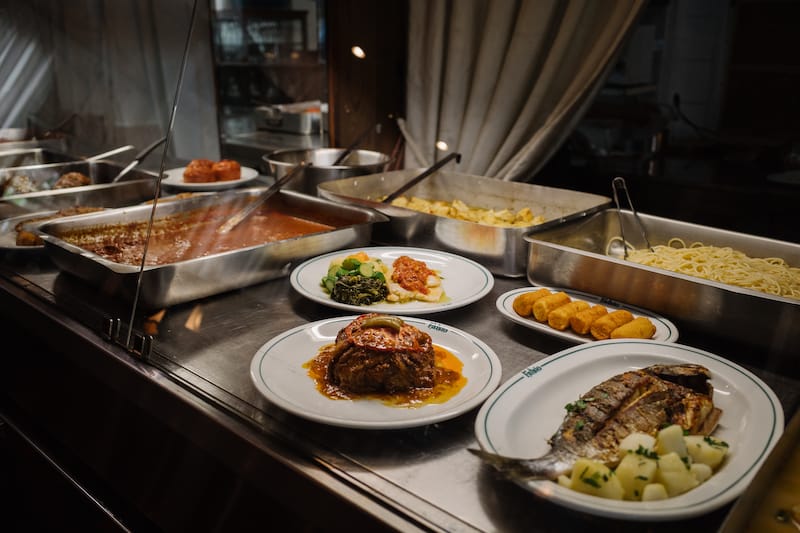
On one side of the restaurant, the daily dishes and desserts are beautifully displayed in a long glass case in a way many Athenian lunch restaurants used to do in the past. All recipes are prepared the exact same way they were first made in 1969 and among their most famous dishes are the artichokes a la Polita, which are braised in olive oil and lemon juice along with potatoes and carrots, the stuffed zucchini with minced meat dressed in a light tomato sauce, and the eggplant pouches filled with chopped veal. Apart from the daily dishes which are usually popular and sell out pretty early, Fatsio also does several dishes ‘a la minute,’ mostly grilled meats and fish. Two options of old-school desserts are available daily, all of which evoke sweet childhood memories.
The price range is very reasonable, with most dishes between 6.50 and 9 euros. Kostas feels that everyone should be able to afford the food at Fatsio – many of their customers have been eating there daily for fifty years and are on a small pension. The restaurant is most busy in the weekends, and especially Sundays, when the family prepares even more daily dishes in order to please old customers – many of them with family roots in Istanbul – who drive in from the suburbs to eat there and be reminded of a time now long gone.
 August 25, 2022 Zarkadoulas: Crab by the Kilo
August 25, 2022 Zarkadoulas: Crab by the Kilo
Nikea, known before 1940 as Kokkinia (sometimes, you’ll still hear this old name used), […] Posted in Athens June 3, 2022 O Foititis
June 3, 2022 O Foititis
Neo Psychiko, a suburb north of central Athens, is just a 15-minute drive from the […] Posted in Athens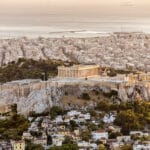 April 5, 2022 The Perfect Spring Day
April 5, 2022 The Perfect Spring Day
“Ο Μάρτης πότε γελά και πότε κλαίει” – Μarch sometimes laughs and sometimes cries. So […] Posted in Athens
Published on August 16, 2022
Related stories
August 25, 2022
Athens | By Katherine Whittaker
AthensNikea, known before 1940 as Kokkinia (sometimes, you’ll still hear this old name used), is an area that feels almost like a different city, perhaps even a bigger village on an island. When you come out of the metro, the road is dotted with houses instead of higher-rise apartment buildings, and it is mostly quiet,…
June 3, 2022
AthensNeo Psychiko, a suburb north of central Athens, is just a 15-minute drive from the city’s busy Syntagma central square yet feels like a world away. Residential and family-oriented, the area is greener and quieter than downtown. At its heart is Plateia Eleftherias (“Freedom Square”), a lively spot with a playground, a kiosk, cafes and…
April 5, 2022
Athens“Ο Μάρτης πότε γελά και πότε κλαίει” – Μarch sometimes laughs and sometimes cries. So the idiom goes here, as has this year. There are many phrases like this about March in the Greek language. Most of them (like in other cultures) focus on the weather’s instability during the month, and folk tradition believes that the weather gives us a glimpse…







































